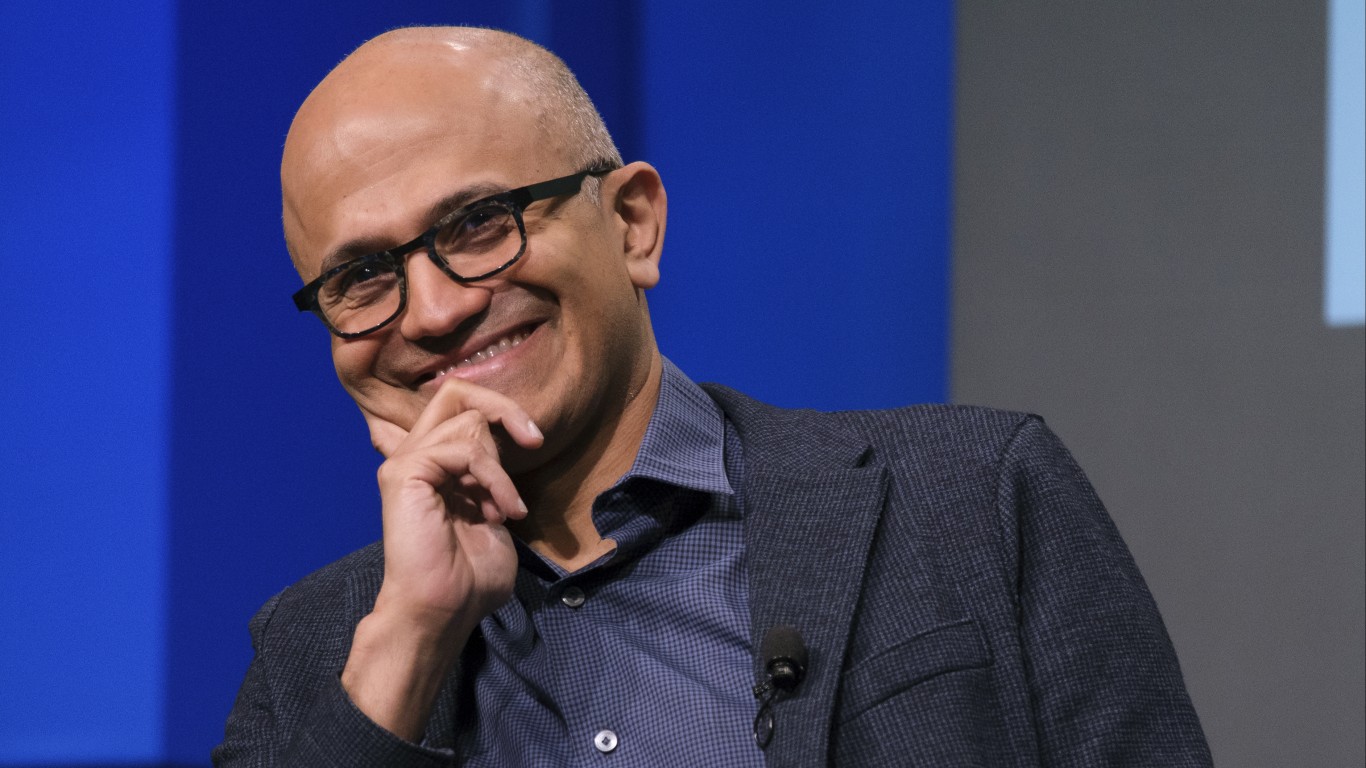
Over the last few years, trades of options contracts have been exploding. 2022 marked the third consecutive year in which contracts in single-stock and index options in the U.S. set a new record, more than doubling from where they stood only three years ago.
Last year marked the first time U.S. stock options surpassed 10 billion contracts in a year. However, while options are also available on cryptocurrencies, they remain far behind stock options in popularity. According to Wave Financial, the daily crypto options volume has hovered just below $1 billion on centralized exchanges.
On-chain options take crypto derivatives further, but they are still far less prevalent than daily crypto options, accounting for a daily volume of less than $10 million. As a result, Wave Financial declared earlier this month that on-chain options “are the next frontier in DeFi.”
What Are On-Chain Options?
Options are contracts that give the holder the right but not the obligation to buy or sell the underlying security at a particular price on or before a particular date. Call options allow holders to purchase at the specified price by a particular date, while put options allow them to sell at the specified price by a particular date.
When an option is referred to as “on-chain,” it’s a contract recorded on a blockchain. Purchasing on-chain options require a protocol like Hegic.
Some investors purchase options to hedge against potential volatility, although in cryptocurrency, volatility is virtually a given. Others purchase them as portfolio protection because they might enable them to sell their assets at a price that’s higher than what the broader market is selling at. Another common reason to buy options is to generate yield by selling optionality and collecting a premium in exchange.
In the last couple of years, much of the growth in decentralized finance (DeFi) has resulted from expectations that institutional investors will become significant players in the market. However, traders have yet to fully tap into the advantages of on-chain options.
A Changing Landscape
On the one hand, it’s easy to see why off-chain options are more popular now. There is inherently more available liquidity off-chain, and there’s a broader array of maturities and strike prices available via off-chain options. According to Zee Prime Capital, on-chain protocols may offer only one or two short-dated maturities with only three to five strike prices.
However, the options landscape in DeFi has been changing rapidly, and the last 12 to 18 months have been critical for this asset class. Hegic was the dominant options protocol at the beginning of 2020, trying to create liquidity pools for selling calls and puts.
Three years later, the on-chain options landscape includes various forms of protocols that Zee Prime categorizes as Liquidity Pools, Order-Books, Structured Products, and Sustainable Yield Products. One of the more popular groups of protocols is Structured Products, more commonly known as Vaults.
Structured Products
They allow users to sell volatility in various ways, like underwriting covered calls or protected puts. In exchange, the users receive a premium that some see as an alternative to liquidity mining. As with other options strategies, investors who utilize this options protocol don’t have to do anything after making the initial deposit.
Most options mature at the end of the week, and the strike prices at 10% to 30% versus the spot price are pre-selected and rolled automatically by the protocol. Unsurprisingly, Ethereum and bitcoin are the most prevalent underlying securities for these options protocols, although options on a select number of other crypto assets are also available.
Zee Prime Capital observed one recently developed options-related trend, which is the dampening of short-term implied volatility due to heavy selling from protocols that fall under the Structured Products category. The firm noted that off-chain market makers who buy those options have to hedge by selling similar options on Deribit.
As a result, it suggested that the natural demand might not be significant enough to absorb the growing total value locked in Structured Products. Zee Prime Capital expects interest in Structured Products to continue growing due to its attractive yields. It also noted that some protocols started to address the issue by allowing investors to bid on-chain while competing on pricing against market makers.
Another problem for Structured Products is that volatility is dampening around the time when weekly premiums are being auctioned. Market participants know that heavy options selling will occur around that time, so they push implied volatility lower, leaving less yield for users of Structured Products.
As a result, protocol users and developers must address various issues during this period of growing pains. For example, they’ll have to consider whether to take more risk, which can be done in various ways, like underwriting the options closer to the at-the-money level to compensate for the compressed yield.
On the other hand, the market forces could be allowed to naturally balance the supply and demand over sales of volatility. For example, Fritktion is already working on addressing this through experimentation with different auction times for different assets throughout the week. Those experiments are aimed at trying to capture higher implied volatility.
Potential Problems With On-Chain Options
As the number of on-chain option protocols grows, it should become clear which are more promising than others. However, no asset class is perfect, so investors should also learn the risks associated with an investment before they buy in.
Zee Prime Capital noted that options have been growing faster than other DeFi products until recently. However, the difference has been relatively small considering the number of users, options versus spot volumes, and other issues.
For example, liquidity is always an issue during the early days of an asset class, and on-chain options are no different. Zee Prime suggested that traditional market makers may need a single venue with greater liquidity supporting multiple derivative products while allowing under-collateralization with cross-margining. Several protocols are doing this on the Solana blockchain, and the firm expects them to gain significant traction over the next year.
Of course, most options expire worthless, so on-chain protocols must protect investors at the expense of capital efficiency, liquidity, and price discovery. Gas fees are a significant barrier, especially as they have been rising recently. Most option protocols have been built on Ethereum amid rising gas prices, and options are susceptible to gas fees because premiums have comparatively low value in dollar terms.
Finally, decentralized market makers must be hedged so that they can provide the liquidity to underwrite options and be able to sell them both ways. This issue must also be handled via the options protocol, which can be challenging.
Some Ideas For On-Chain Options
Going forward, Zee Prime Capital expects to see more products built to tap the crypto-native sources of yield like staking. In turn, the firm also noted that selling options premiums for income isn’t a sustainable strategy over the long term. As a result, it expects all Structured Products protocols to eventually build Sustainable Yield Products.
The firm also predicts that on-chain options will more closely integrate with other DeFi use cases. Automated market makers, money markets, and perpetual futures markets could theoretically drive their liquidity and adoption by adding options to assist with risk management. This would create natural demand for on-chain options.
This article originally appeared on The Tokenist
In 20 Years, I Haven’t Seen A Cash Back Card This Good
After two decades of reviewing financial products I haven’t seen anything like this. Credit card companies are at war, handing out free rewards and benefits to win the best customers.
A good cash back card can be worth thousands of dollars a year in free money, not to mention other perks like travel, insurance, and access to fancy lounges.
Our top pick today pays up to 5% cash back, a $200 bonus on top, and $0 annual fee. Click here to apply before they stop offering rewards this generous.
Flywheel Publishing has partnered with CardRatings for our coverage of credit card products. Flywheel Publishing and CardRatings may receive a commission from card issuers.
Thank you for reading! Have some feedback for us?
Contact the 24/7 Wall St. editorial team.





